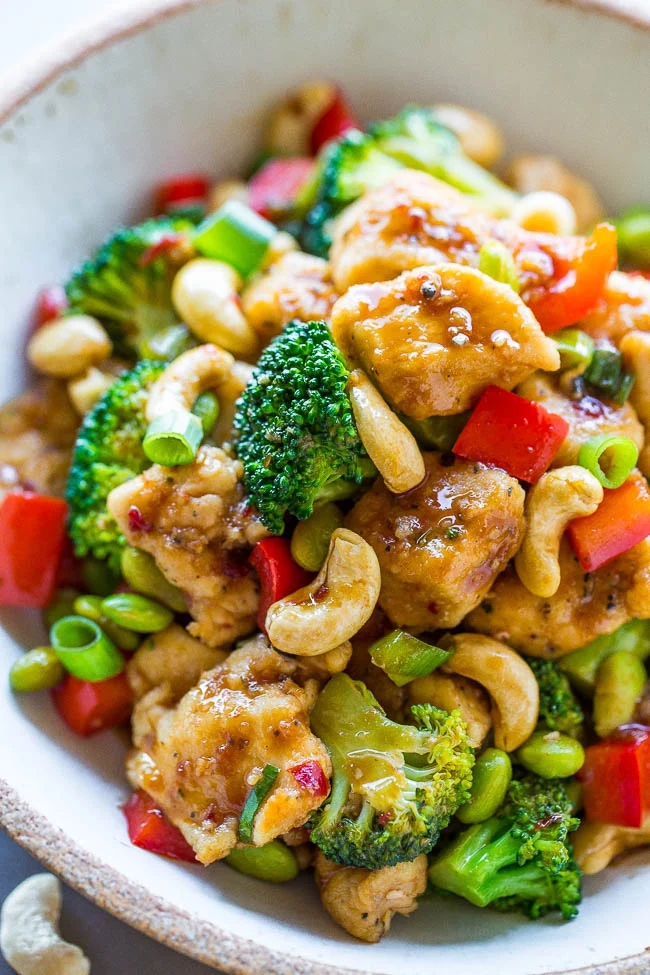


Cashews
Cashews originated in Brazil, where they are a tropical evergreen. Portuguese colonists in Brazil first started exporting the nuts in the 1550s. The original tree can grow as high as 14 metres, but the dwarf cashew at 6 metres is a better commercial proposition, maturing earlier and producing higher yields.
The nuts themselves grow at the bottom of an edible ‘cashew-apple’, which is eaten across Brazil and the Caribbean. The cashew-apple does not transport well, so it is mainly eaten where it is grown.
Formats
- Whole
- Whole Roasted
- Whole Salted
- Pieces
Other points to note
The cashew shell contains a potent skin irritant. To extract the edible cashew kernel, the shell goes through a hot oil process, which creates a toxic cashew shell derivative that is used for industrial applications. The heating process may sometimes leave a slight scorch mark on the cashew itself, affecting its grading.
Countries of Origin
- India
- Vietnam
- West Africa
- Brazil
Harvested
- February and March in India, Asia and Africa
- October and November in South America
Varieties
There are a large number of varietals grown commercially, with different varieties preferred in different countries. Cashews have a complex number of commercial categorisations, very similar to almonds. They may be categorised by colour, amount of scorch, splits, pieces, and ‘baby bits’; all of these are naturally produced during the shelling process. Premium is the biggest sized whole nut, with a range of five smaller whole nut sizes going down in size below it.
Macronutrients
- Source of protein
- Low in salt
- High in monounsaturated fat
Vitamins & Minerals
- High in Thiamine
- High in Potassium, Phosphorus, Magnesium, Copper, Iron, Zinc and Manganese
